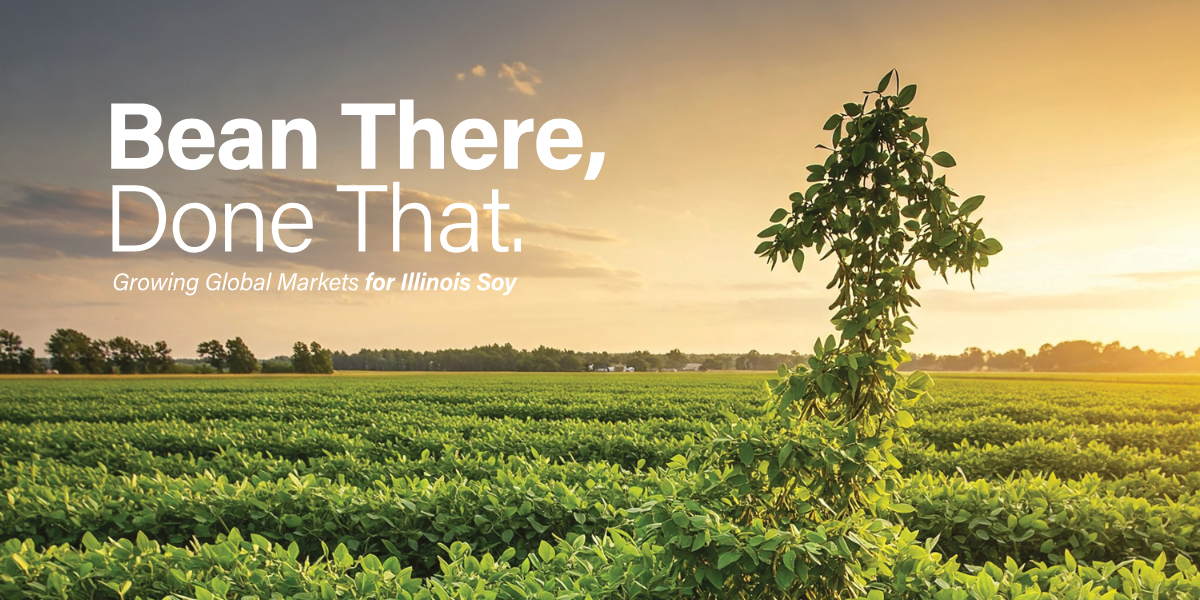No matter the market conditions, buying a large tractor or another piece of equipment isn’t just another line item on the farm budget. It’s a serious commitment, especially in today’s tough environment.
With tight margins, changing commodity prices and rising interest rates, financing a new machine is a big decision that can significantly impact your operation. If you want every dollar to count, you need to ensure the machine is the right fit, not just for today, but for five or 10 years down the road.
I’ve spent years speaking with farmers contemplating a purchase, and these are the questions I think you should be asking to find the machine that best fits your farm, improves your operation and delivers a real return on investment.
Let’s dig in.
1. What are your operational needs in the short and long term?
Start with your operational needs. What will you use the tractor for, and what’s lacking in your current equipment?
Will it be used mainly for tillage and planting, or do you need an all-around machine for tasks such as loading or mowing?
Since this is a major investment, don’t forget to take your future needs into account. Is your operation expanding or scaling back? What other equipment do you have, and how will this machine fit into your fleet?
If you’re growing your acreage or taking on more work, sizing up might make sense. But if you’re scaling back or need versatility, a smaller machine could be the better choice. Today’s smaller machines can be surprisingly powerful, so the trade-offs might not be as big as they seem.
2. How will this tractor fit into your current setup?
A tractor doesn’t work in a vacuum. It’s part of a system. Think through how it will work with your current equipment and implements. You don’t want to discover that your new machine isn’t compatible with what you already own or requires additional purchases to be usable.
Also, consider how it integrates with your data platform. Today’s machines are highly advanced, which brings benefits but also complexity. Fortunately, modern platforms such as PTx Trimble Ag Software allow for seamless data transfers across mixed fleets, reducing compatibility concerns and allowing farmers to aggregate all their data in one place.
3. What’s the tractor’s history and service record?
This is especially important when buying used, but it’s still relevant for new purchases.
If you’re buying used, check the brand’s reputation and evaluate how the equipment was maintained. Was it serviced regularly and by whom? A clean service history can offer peace of mind.
For new machines, ask about warranties or maintenance programs. These not only simplify ownership but can also boost resale value down the line.
4. Who’s supporting you after the sale?
Even the best machine will need service eventually, so consider the support system.
Consider whether the dealer has a location near you, how quickly they can deliver parts, how good they are at picking up the phone and whether they will come out to your farm for service calls. Those are all important things to take into account.
After all, when it matters most, downtime can cost more than your tractor payment.
5. What do you value most in a tractor?
Finally, think about your priorities.
Is service and support your top concern? Are you focused on fuel efficiency? What about comfort, especially during long hours in the cab?
Or is cutting-edge technology your priority? Are you looking for the latest in autonomy features?
Think about what you value most in your current equipment, or what you find the most lacking, and that can help make your priorities clear.
Asking the right questions can help you make a decision that pays off for years to come. It’s not just about what’s on the spec sheet; it’s about how that machine fits into your farm, your goals and your future.
Recent Articles
This exclusive issue of Illinois Field & Bean Magazine covers checkoff-funded research projects and their findings, as told by the research leads themselves.
By
Meet Bean There, ISA's International Market Development blog that covers events, conferences, trade missions and farm visits to connect Illinois soy with industry representatives, key trade partners, global buyers and more.
By Emma Peters, ISA International Markets Coordinator

